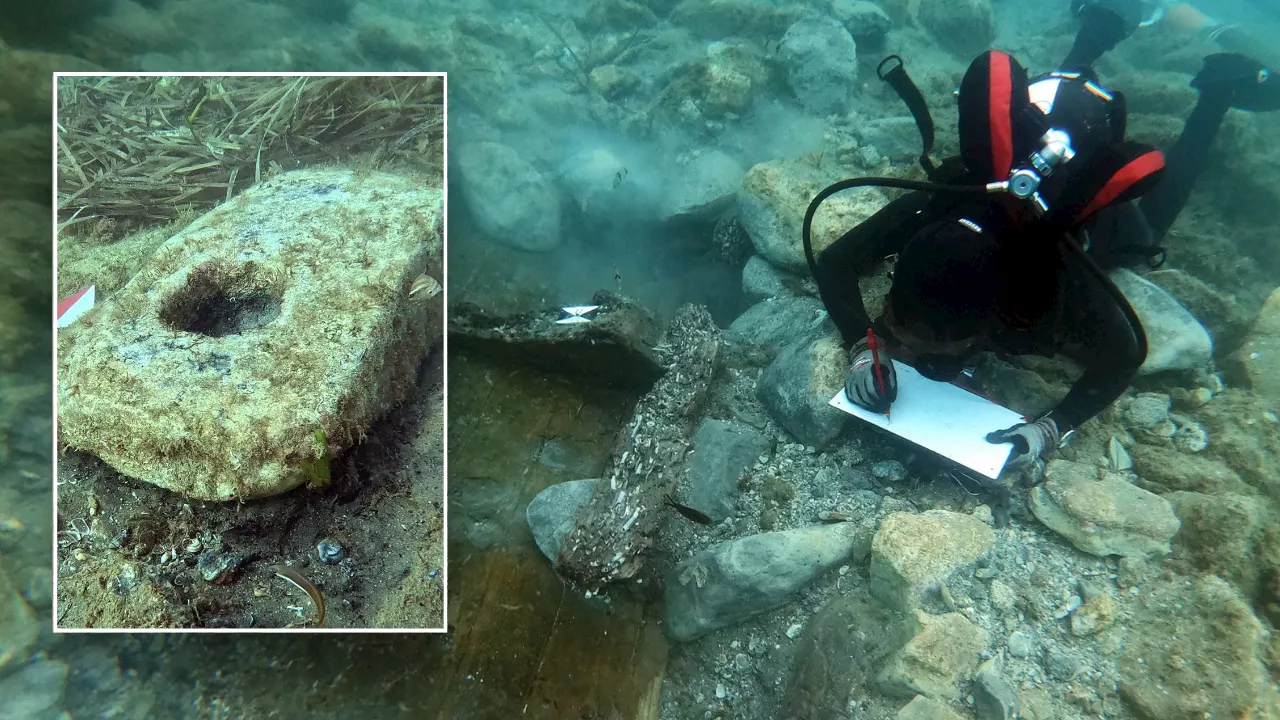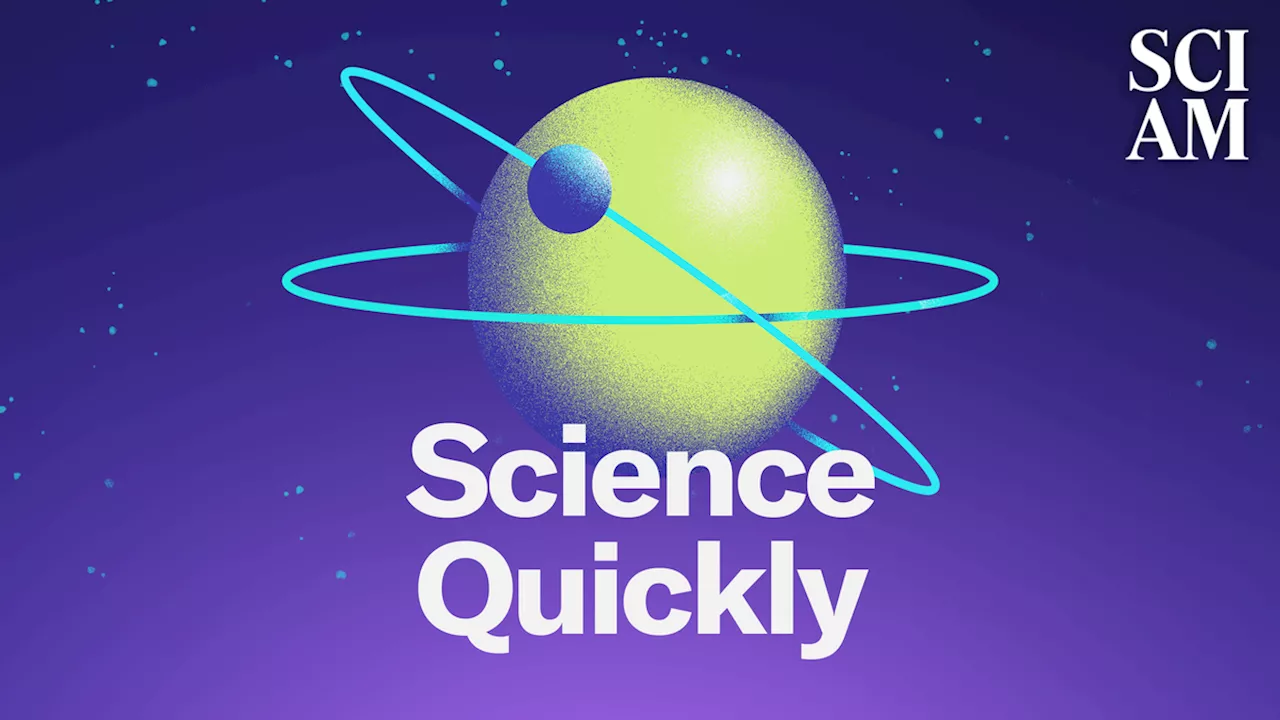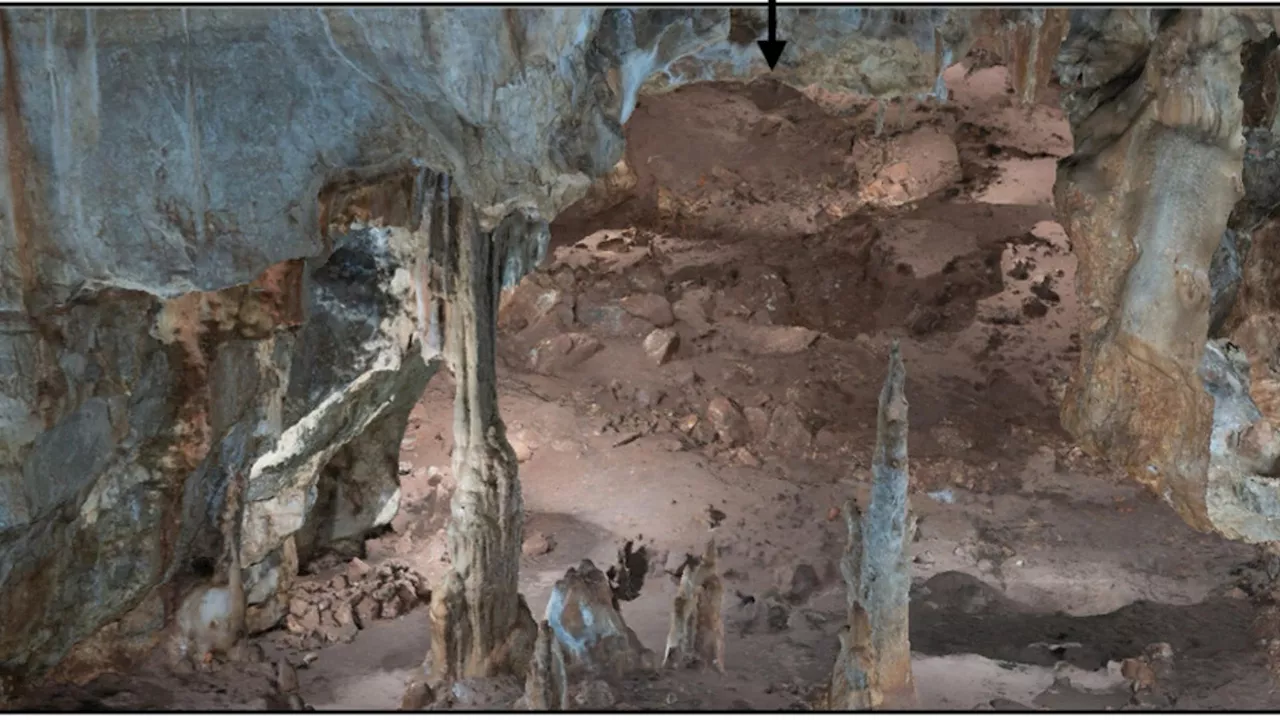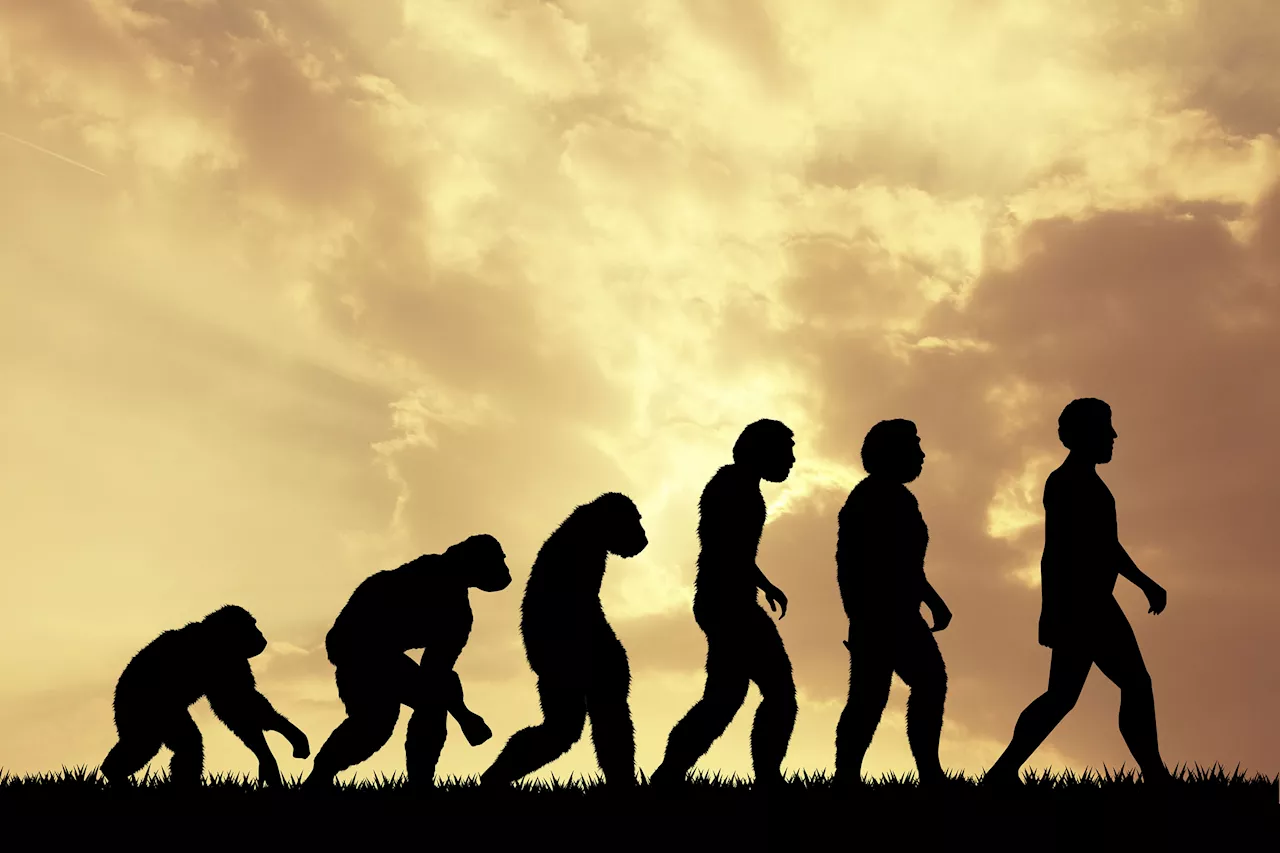Archaeologists have unearthed evidence of ancient humans carving tools from giant sloth bones in Brazil, dating back 25,000 to 27,000 years. The discovery suggests close interaction between early humans and these extinct megafauna.
St. Augustine woman wins $1M from $5 scratch-off sold at Publix one week before ChristmasA Northside woman found a man wanted by police hiding in her kitchen. How JSO tracked down the suspect
Researcher Mrian Pacheco holds a round, penny-sized sloth fossil dated to around 27,000 years ago, at the University of So Paulo, Brazil, on Sept 2, 2024, saying that unlike most other specimens, its surface is surprisingly smooth, the edges appear to have been deliberately polished, and theres a tiny hole near one edge.
This combination of illustrations provided by researchers in 2024 shows large animals which once roamed prehistoric North and South America. Top row from left, a glyptodon, a lestodon, and a horse. Bottom row from left, a mastodon, a saber-toothed cat and a toxodon. Thas Pansani examines giant sloth bones dated to about 25,000 to 27,000 years ago from central Brazil, some of which appear to be burned by human-made fire, at the Smithsonian Institution in Washington, on July 11, 2024.
Some of the most tantalizing clues come from an archaeological site in central Brazil, called Santa Elina, where bones of giant ground sloths show signs of being manipulated by humans. Sloths like these once lived from Alaska to Argentina, and some species had bony structures on their backs, called osteoderms — a bit like the plates of modern armadillos — that may have been used to make decorations.
Originally researchers wondered if the craftsmen were working on already old fossils. But Pacheco’s research strongly suggests that ancient people were carving “fresh bones” shortly after the animals died. This date happens to coincide with the end of the last Ice Age, a time when an ice-free corridor likely emerged in North America — giving rise to an idea about how early humans moved into the continent after crossing the Bering land bridge from Asia.
“Anything older than about 15,000 years still draws intense scrutiny,” said Richard Fariña, a paleontologist at the University of the Republic in Montevideo, Uruguay. “But really compelling evidence from more and more older sites keeps coming to light.” One of her collaborators, paleontologist Thaís Pansani, recently based at the Smithsonian Institution, is analyzing whether similar-aged sloth bones found at Santa Elina were charred by human-made fires, which burn at different temperatures than natural wildfires.
Archaeology Paleontology Ancient Humans Giant Sloths Pleistocene
United States Latest News, United States Headlines
Similar News:You can also read news stories similar to this one that we have collected from other news sources.
 2,500-Year-Old Shipwreck Yields Prehistoric Tools and Ancient Anchors off SicilyA 2,500-year-old shipwreck off the coast of Sicily has yielded a fascinating array of discoveries, including prehistoric tools and ancient anchors. The Superintendence of the Sea (SopMare), responsible for protecting underwater artifacts, announced the find on December 9th.
2,500-Year-Old Shipwreck Yields Prehistoric Tools and Ancient Anchors off SicilyA 2,500-year-old shipwreck off the coast of Sicily has yielded a fascinating array of discoveries, including prehistoric tools and ancient anchors. The Superintendence of the Sea (SopMare), responsible for protecting underwater artifacts, announced the find on December 9th.
Read more »
 Using Chatbots and Ancient Writing to Simulate the Cultural Attitudes of Ancient CivilizationsSocial psychologists could turn artificial-intelligence-powered tools like ChatGPT on to writings from past cultures. Will this help us study ancient civilizations?
Using Chatbots and Ancient Writing to Simulate the Cultural Attitudes of Ancient CivilizationsSocial psychologists could turn artificial-intelligence-powered tools like ChatGPT on to writings from past cultures. Will this help us study ancient civilizations?
Read more »
 When Did Human Ancestors Start Using Tools?The 3.2-million-year-old human ancestor known as Lucy sparked a revolution in scientists’ understanding of the origins of clever hands and stone tools
When Did Human Ancestors Start Using Tools?The 3.2-million-year-old human ancestor known as Lucy sparked a revolution in scientists’ understanding of the origins of clever hands and stone tools
Read more »
 35,000-year-old Neanderthal cave reveals secrets of ancient human ritualsThe new findings suggest that Manot Cave’s deepest chamber was likely a gathering space for rituals that enhanced social bonds.
35,000-year-old Neanderthal cave reveals secrets of ancient human ritualsThe new findings suggest that Manot Cave’s deepest chamber was likely a gathering space for rituals that enhanced social bonds.
Read more »
 'Large Head People': Mysterious New Form of Ancient Human EmergesThe Best in Science News and Amazing Breakthroughs
'Large Head People': Mysterious New Form of Ancient Human EmergesThe Best in Science News and Amazing Breakthroughs
Read more »
 An entirely new form of ancient human may have been discoveredResearchers claim that they have discovered an entirely new form of ancient human and it has a bigger brain than any we've ever discovered.
An entirely new form of ancient human may have been discoveredResearchers claim that they have discovered an entirely new form of ancient human and it has a bigger brain than any we've ever discovered.
Read more »
